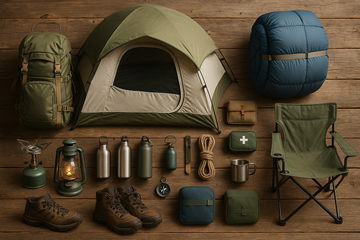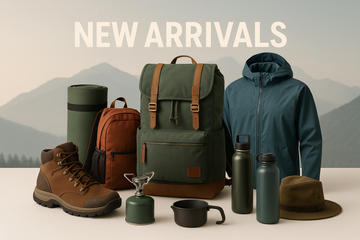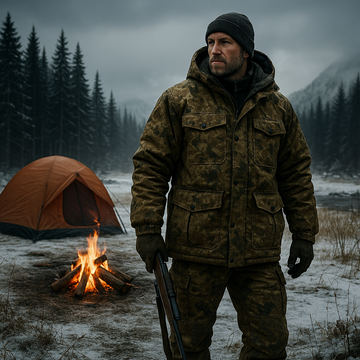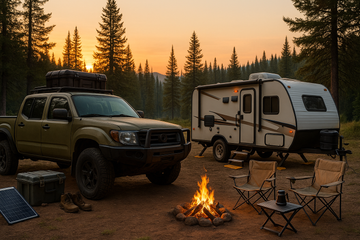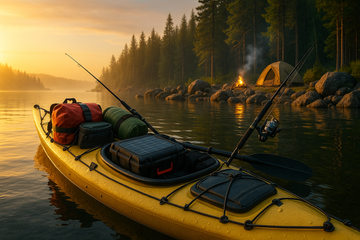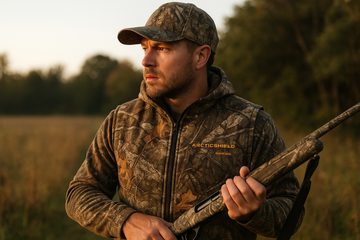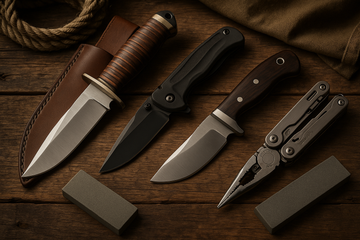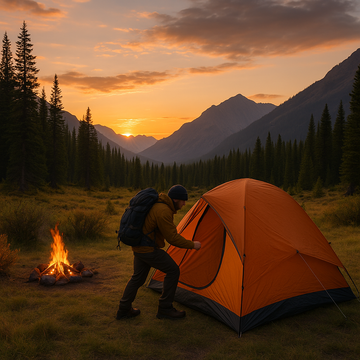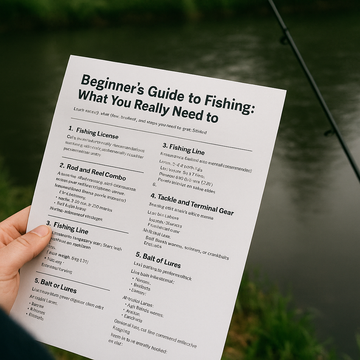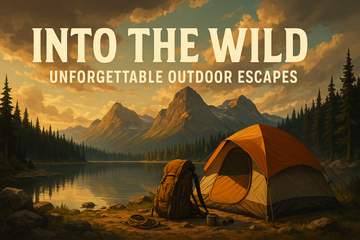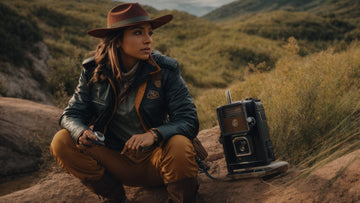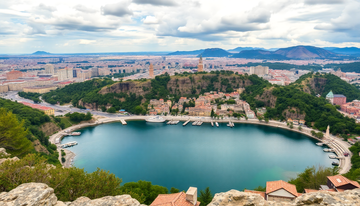There’s nothing like stepping into the untamed wild, leaving behind the buzz of city life and venturing into the serenity of the backcountry. But before you hike deep into unmarked trails and remote mountain valleys, proper preparation is essential. Whether you're a first-time camper or transitioning from car camping to backpacking, this guide is built to help you plan your first backcountry camping trip with confidence.
1. What is Backcountry Camping?
Backcountry camping, often called wilderness or primitive camping, means camping in remote areas without developed campgrounds or vehicle access. It's just you, your gear, and nature. No electricity, no bathrooms—just raw, beautiful wilderness.
2. Essential Gear Checklist
Backpack: A 50-65L backpack is ideal for beginners.
Shelter: Lightweight tent, bivy sack, or hammock with rain fly.
Sleeping System: Sleeping bag rated for your destination's climate, and a sleeping pad for insulation and comfort.
Clothing: Layered system including base layer, insulation (fleece or down), rain shell, and moisture-wicking underwear.
Cooking Gear: Lightweight stove, fuel canister, pot, utensils, and food.
Water System: Water bottles or reservoir (2L+), water filter or purifier.
Navigation: Topographic map, compass, GPS or offline-capable phone app.
Safety: Headlamp, knife or multi-tool, fire starter, bear spray (where applicable), and first aid kit.
Extras: Trash bags, repair tape, sunscreen, insect repellent, toiletries.
3. Planning Your First Trip
-
Choose a Beginner-Friendly Location: Start with a well-marked trail in a national forest or park. Choose a spot within 3-6 miles of the trailhead.
-
Research Permits and Rules: Many areas require backcountry permits. Know campfire rules, wildlife restrictions, and bear safety protocols.
-
Check the Weather: Use real-time weather apps to track storms, temperature drops, or heat waves.
-
Tell Someone: Always share your route and estimated return with a friend or family member.
4. How to Pack Efficiently
Pack by function:
-
Bottom: Sleeping bag, clothes you won’t need during the day.
-
Middle: Heaviest items like stove, cookware, food.
-
Top: Rain gear, snacks, map, first aid kit.
-
External: Tent, sleeping pad, trekking poles, water filter.
Keep weight around 20-25% of your body weight max.
5. Water, Fire, and Food Basics
-
Water: Treat water from lakes or streams with filters or tablets. Never drink untreated water.
-
Fire: Only build fires in designated fire rings. Use a stove for cooking.
-
Food: Pack lightweight, high-calorie meals. Think freeze-dried entrees, jerky, trail mix, and energy bars.
6. Campsite Setup Tips
-
Choose Flat Ground: Avoid valleys where water collects and ridge tops exposed to wind.
-
Leave No Trace: Camp 200 feet from water, bury waste 6-8 inches deep, and pack out all trash.
-
Hang Food: In bear country, hang food in a tree or use a bear-proof canister.
7. Common Mistakes to Avoid
-
Overpacking and carrying unnecessary weight.
-
Not testing your gear before heading out.
-
Ignoring weather changes or trail closures.
-
Forgetting navigation tools or relying solely on your phone.
-
Leaving food unattended at camp.
8. Closing Thoughts: Confidence Comes from Preparation
Backcountry camping is one of the most rewarding ways to connect with nature and test your self-reliance. The views are better, the silence is deeper, and the sense of accomplishment is unparalleled. Start small, pack smart, and keep safety first.
Ready to explore the wild? Check out our handpicked selection of backcountry-ready gear at Outdoors.Supply and make your first trip one to remember.
